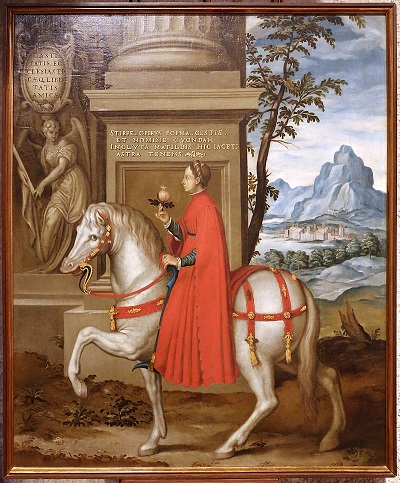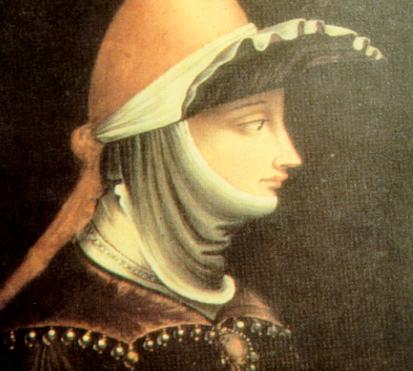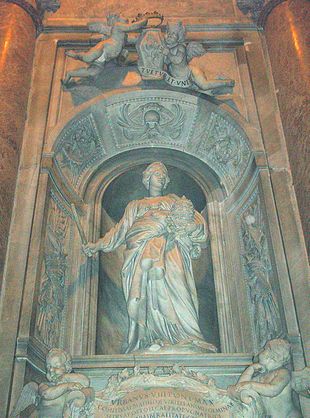Childhood
After the conversion of the Lombard leaders to the Roman Catholic Church at the beginning of the 7th-century things found a new equilibrium and new religious buildings started to sprout around the city. One of them was the first version of the Baptistery of San Giovanni.

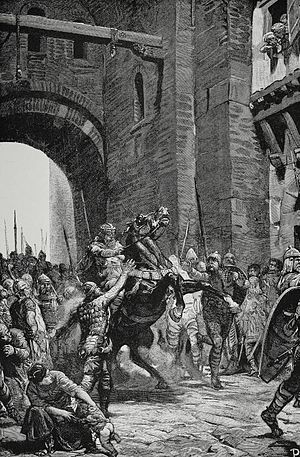
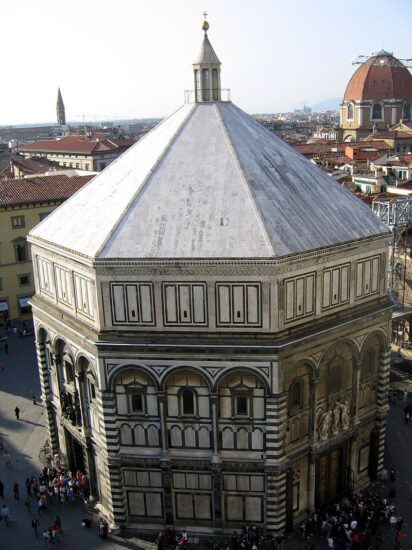
Just when the ancient society of warlords and subjects was transforming into a multilayered agglomeration of different classes of artisans, farmers, landowners, monks, merchants, and Lombard coinage started to create a new economy based on money, a new power, another Germanic nation, the Franks of Charlemagne established their primacy as the ruling ethnic group in Northern Italy in 773.
The Lombard Duchy of Tuscia developed into the Frankish-Carolingian Imperial March of Tuscia with the city of Lucca serving as its capital and the only notable change being the submission to a Frank overlord instead of a Lombard. Although there are accounts of Charlemagne visiting Florence twice in the 780s, the city remained in obscurity until the mid-850s.
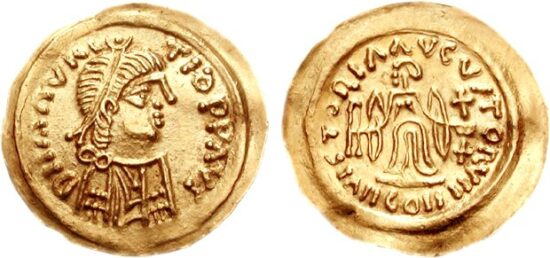

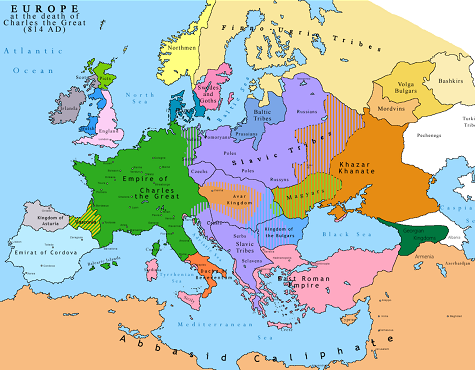
The signs of the 9th-century revival come from the buildings of that era. A new line of defensive walls which followed its Roman predecessor and a wider south side that included the former suburbs was probably built at that time due to the fear of Norman and Saracen raids. A new bridge came to replace the previously destroyed in the sixth-seventh century construction and a public ecclesiastical school was built.
Finally, the two communities of Fiesole and Florentia were united and the latter was chosen as the seat of the local count, commencing an era of unequal growth that would lead to the complete assimilation of the first by its lowland neighbor.

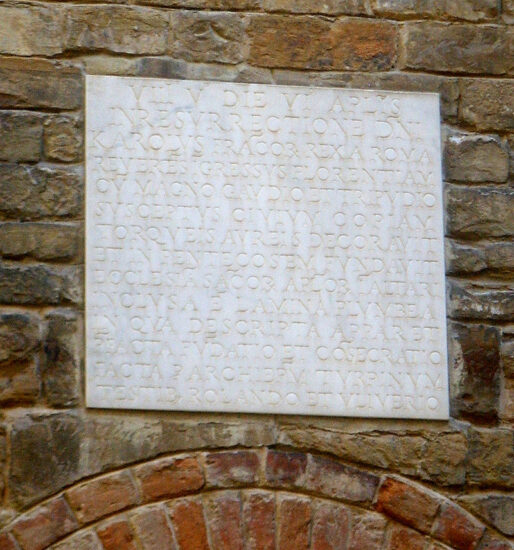
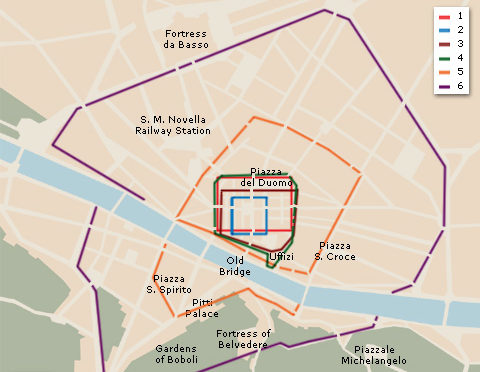
After the death of his son and King of Italy Pepin in 810, Charlemagne appointed Boniface I as Margrave of Tuscany. The Bonifacio held the march until 926 with their support being quintessential for any candidate for the Italian throne.
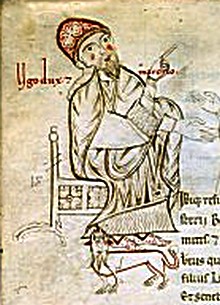
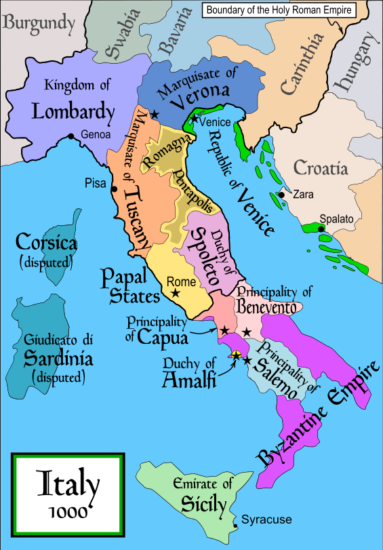
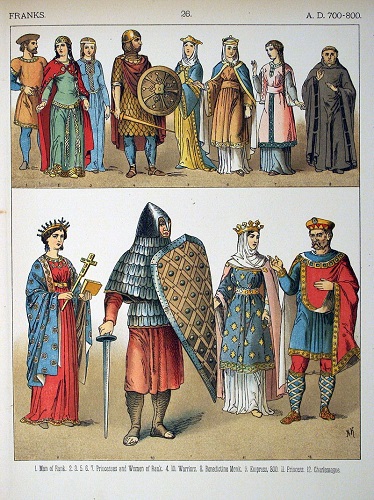
In 926 a new dynasty, that of the Bosonids would manage to take the helm of the Kingdom of Italy and the Marca di Tuscia with Hugh of Arles, King of Provence (France) being crowned King of Italy in Pavia.
His grandson Ugo di Toscana would change the fate of Florence in 968, by moving the capital of his realm from Lucca to Florentia. That elevation was in essence a recognition of the economic progress and potential of the city and the first substantial boost for the political rise of the city on the Arno.
In 978 Ugo’s mother Willa di Tuscia founded a Benedictine Abbey, the Badia Fiorentina, that would help the city to evolve into a cultural hub of the Tuscan region. In 1001 Ugo was buried in the new Abbey. More than four centuries later Mino da Fiesole would sculpt his amazing memorial.
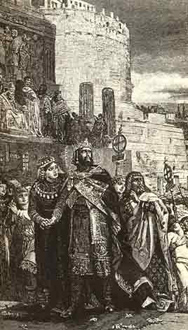
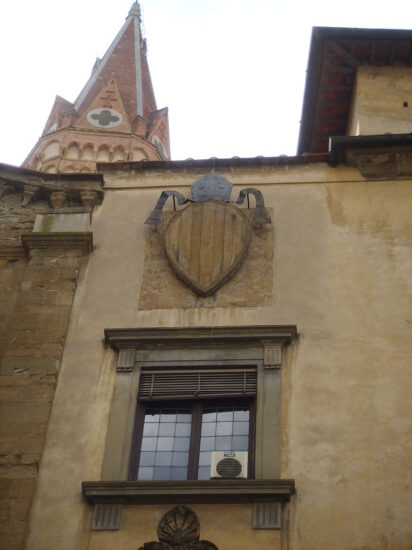
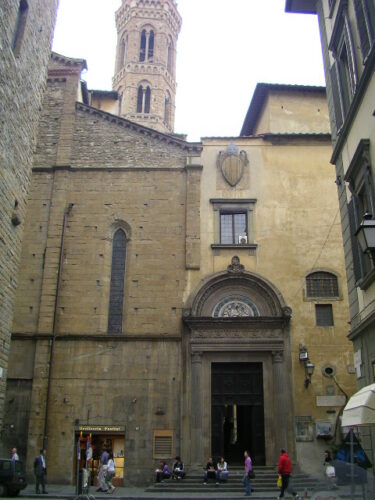

In 1008 the newly elected Bishop of Florence Alibrando (Hilderbrand) in one of his first assignments accompanied Emperor Henry II in Rome for the emperor to receive a proper papal coronation.
The mission would help the Bishop gain the imperial favor for the construction of an imposing new church, the Basilica of San Miniato al Monte in Romanesque style. Its establishment in 1013 inaugurated a new era of confidence for Florentia.
That confidence would be mirrored in the first documented attacks against Fiesole by the Florentines that took place during that time. In 1027 the House of Canossa, originally from Lucca, took over Tuscany and Boniface III became its Margrave with the support of Emperor Conrad II who stayed in Florence in 1038 during his second Italian expedition.
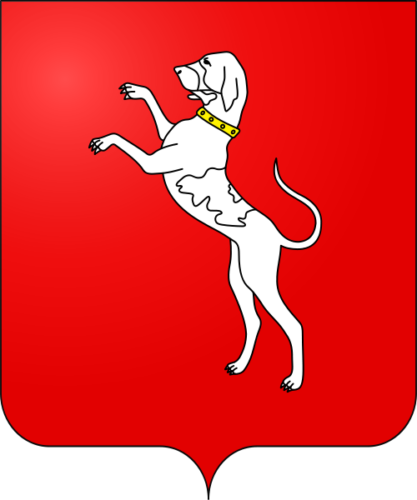
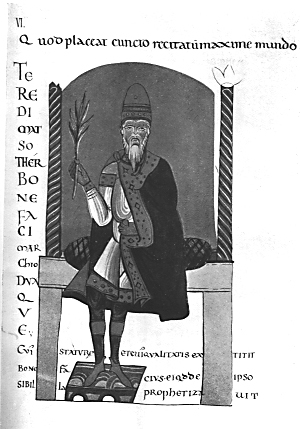

A Florentine monk of the monastery of San Miniato which had just been built adjacent to the basilica would start one of the first movements in history for the reform of the clergy. Giovanni Gualberto, later (St. Giovanni Gualberto) targeted the sale of ecclesiastical offices also known as Simony, corruption, and concubinage. His main opponents were the bishops of Florence, first Oberto and then Pietro Mezzabarba.
The feud forced Gualberto to leave Florence and withdraw into solitude in a place called Vallombrosa, about 30 km from the city. There he founded the Order of the Vallombrosani which is still active to this day.
He would not however give up earthly matters forever. In 1048 he returned to Florence and established the Church of San Salvi in the open countryside outside the walls still then. From the church of Saint, Salvi Gualberto conducted his crusade for the spiritual renewal of the city.
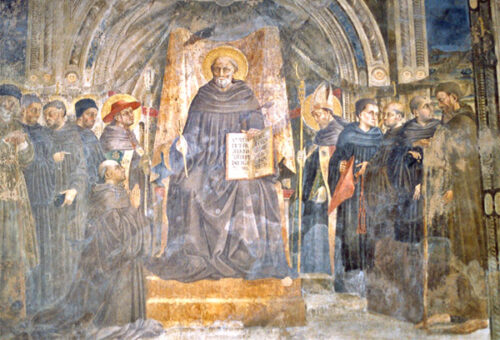
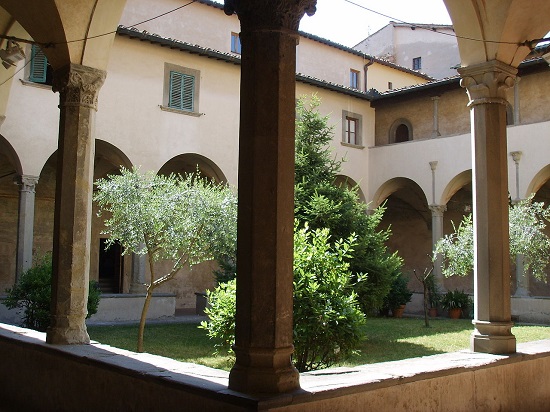
St. Giovanni Gualberto’s noble cause attracted the attention of Pope Victor II, who in 1055 met with Emperor Henry III in a council attended by 120 bishops in Florence. The council’s agenda was based on the reform proposals of the Vallombrosani and was held in Santa Felicita Church and the Cathedral of Santa Reparata, decorated for the occasion with apses, towers, and a new porch.
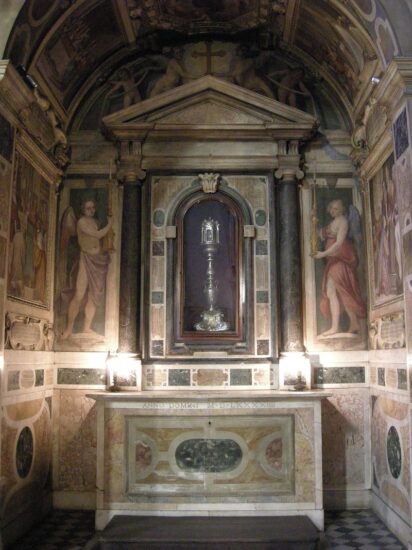
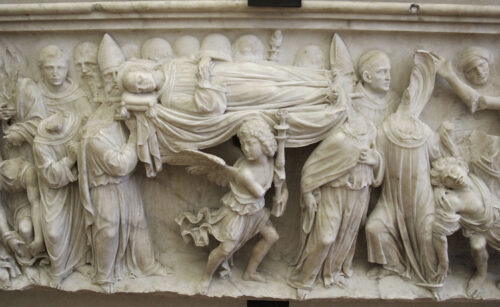
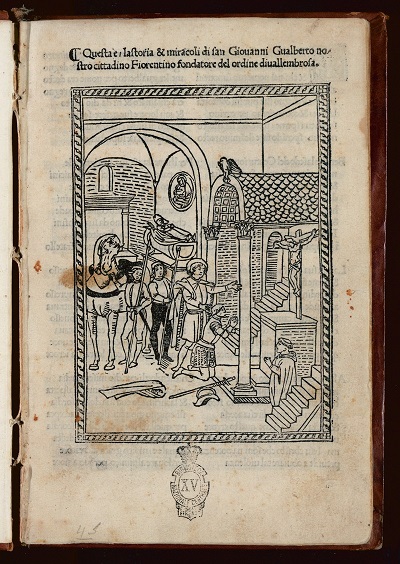
Following the death of Boniface III of Tuscany, his wife Beatrice of Lorraine had decided to give her underage son Frederick the protection she could not militarily provide, by marrying Godfrey the Bearded, a distant kinsman who had been stripped of the Duchy of Upper Lorraine after openly rebelling against Emperor Henry III. Henry was enraged by Beatrice’s union with one of his most vigorous adversaries and took the opportunity to have her arrested, along with her daughter Matilda when he visited Florence in 1055.
By the following year however Emperor Henry III and Frederick had died, Godfrey was reconciled with the new crown (Henry IV) and was recognized as Margrave of Tuscany, while Beatrice and Matilda were freed. By the time she and her mother returned to Italy, accompanied by Pope Victor II, Matilda had been formally acknowledged as heiress to the greatest territorial lordship in the south of the Holy Roman Empire.
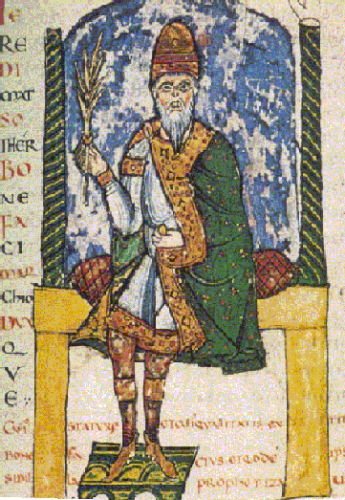
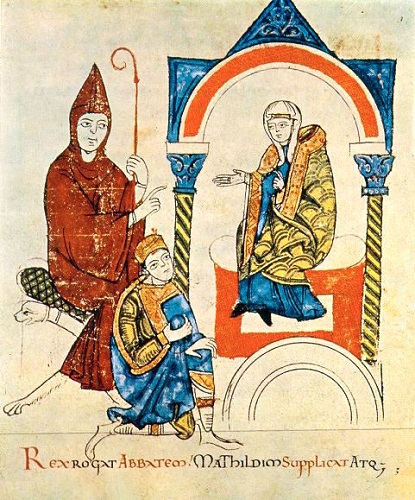
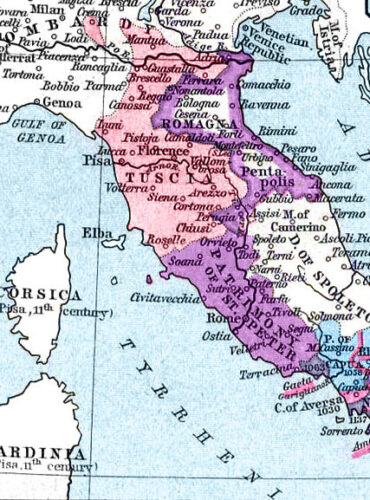
In 1058 Benedict X was elected Pope. Several cardinals who opposed the election claiming it was irregular and that the votes had been bought were forced to flee Rome. In December 1058, those cardinals met at the Tuscan city of Siena and elected the Bishop of Florence Gérard as Pope instead.
He would be the first Florentine Pope as Nicholas II. He managed to properly establish himself after winning the war against the supporters of Benedict X with the military assistance of the Normans from Southern Italy in 1059. He reconsecrated the ancient Baptistery of Florence which was rebuilt in a more imposing form, very much like it is today. He was also the Pope that changed the procedure of the papal election from a process controlled by the Roman aristocracy to a closed Cardinals assembly that would henceforth be held at Rome.
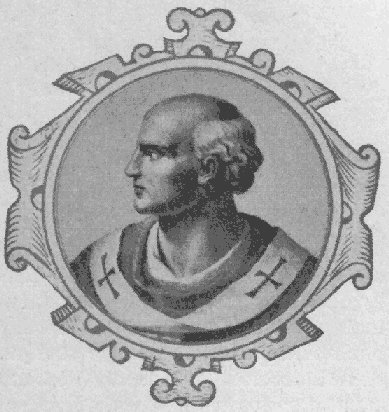
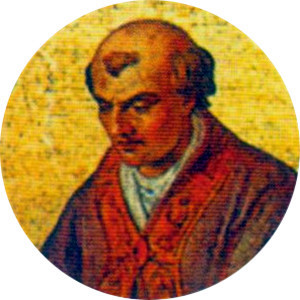
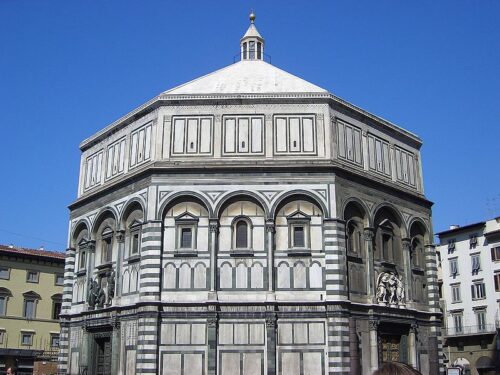
In 1069, Godfrey the Bearded, Matilda’s stepfather, died. That forced her to get married to her stepbrother, Godfrey the Hunchback to whom she had been betrothed since childhood, to ensure her position. Soon Matilda became a widow and the sole ruler of her realm.
Influenced by the preaching of San Giovanni Gualberto and the pressing demand of the common people who started to form organized groups (Patarines) who rebelled against the authority and the corruption of the clergy, Matilda gave her support to the most influential of the reformers, Hildebrand of Sovana from southern Tuscany.
Hildebrand of Sovana soon (1073) became Pope Gregory VII. Pope Gregory VII was a fervent advocate of papal supremacy as opposed to Imperial power. Matilda’s support to the pope would evoke the wrath of Emperor Henry IV at a time when the two men had a bitter feud that resulted in the ex-communication of the Emperor in 1076.
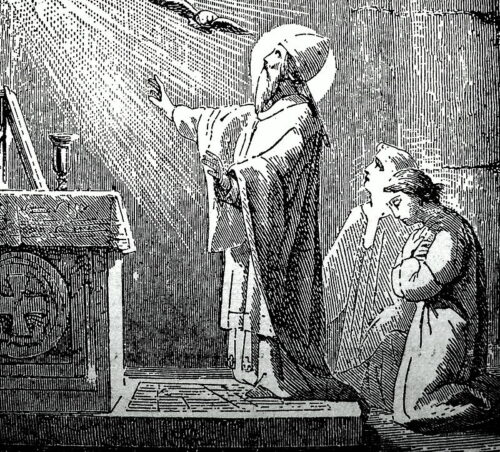


With most of the Tuscan cities abandoning their allegiance to the Countess and siding with the Emperor, Florence became the exception. The support to their Countess and the Pope increased the danger of an imperial retaliation which in its turn led to the construction of a fourth, stronger, and longer wall in 1078, that would protect the Baptistery, the Cathedral of Santa Reparata, and the residence of the Countess to the north of the city.
The new wall managed to hold against the imperial siege of 1082 and Matilda’s army succeeded in defeating Henry at a decisive battle in 1092. The battle shifted the balance forcing many cities to change sides. Henry withdrew from Italy leaving Matilda to reign virtually unchallenged.
After the death of Emperor Henry IV, she did so with the title of “Imperial Vicar and Vice-Queen of Italy” given to her by Emperor Henry V in 1111. Matilda died in 1115 and her remains lie today in the Vatican. She is one of only three women who ever had the honor of being buried in the Basilica of St. Peter.
